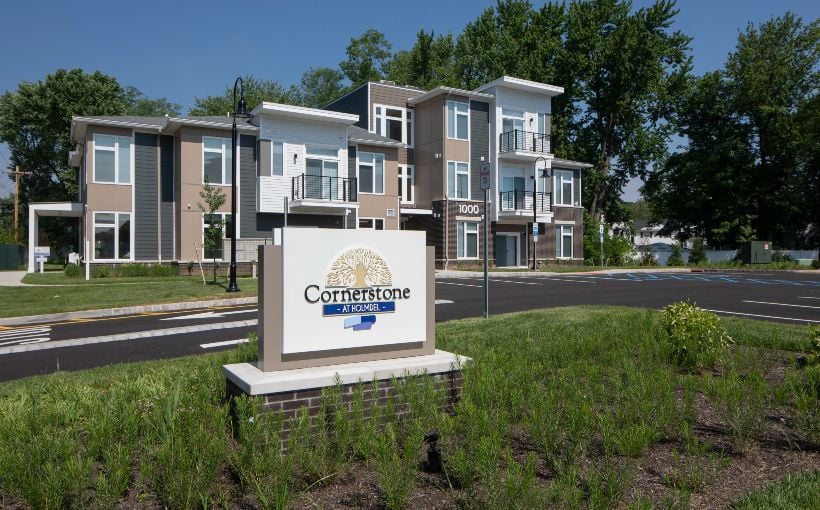In a recent video presentation, Marcus & Millichap’s Senior Vice President and National Director of Research and Advisory Services, John Chang, shared that an experienced real estate investor had sent him an article highlighting concerning news. The article claimed that multifamily distress had nearly tripled in just six months between January and June 2024. The investor asked if this was the beginning of a wave of distressed deals.
However, Chang’s response was not as dire as the headlines may suggest. He explained that he does not foresee a flood of distressed deals hitting the market and questioned the validity of these doom-and-gloom reports.
Chang clarified that this alarming data came from CRED IQ’s report which showed CMBS multifamily distress rates increasing by 185% from January to June with an overall rate climbing to 8.62% for all commercial real estate assets. However, he pointed out that this data includes both performing and non-performing mature debt – loans where owners are still negotiating with lenders – as well as current special service loans.
He also emphasized that just because properties may technically be considered “distressed” does not mean they will necessarily end up on the market at discounted prices or foreclosed upon.
On another note, lenders are starting to clear their balance sheets by selling off high-risk loans such as poorly performing office buildings or weaker retail properties according to Chang. He added that banks are offering less forbearance now compared to before which is putting pressure on property owners in certain categories like industrial buildings, some types of retail spaces (such medical offices), apartments etc., while others like industrial have low delinquency rates at only .6%.
Despite these potential headwinds in certain sectors , there is some positive outlook according to Chang:
1) Delinquency rates remain relatively low compared historical standards; for example office sector delinquencies were around %10 back in 2012 but currently stand at %7.6.
2) Interest rates are decreasing with the 10-year Treasury rate at around %4.25, down from %4.7 three months ago and even lower than October 2023’s rate of %5.
Chang acknowledged that there may be some challenges ahead but believes we are through the worst of it and that the market is starting to turn around. He advises not to take headlines at face value but instead dig deeper into what will happen after hold periods end as real estate is a long-term investment .




